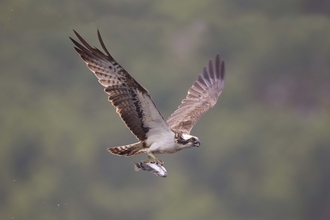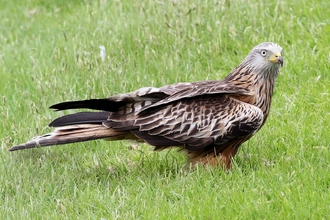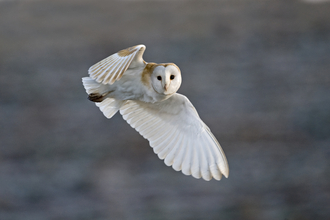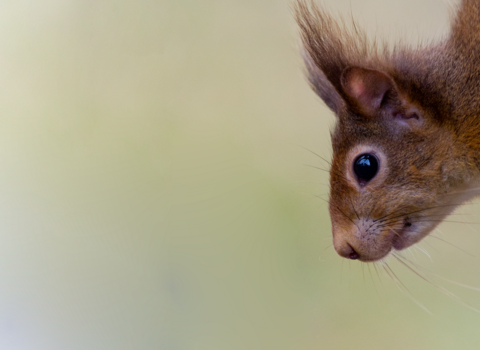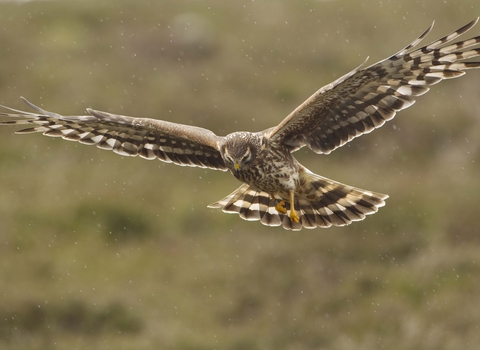
Hen harrier (female) ©Mark Hamblin/2020VISION
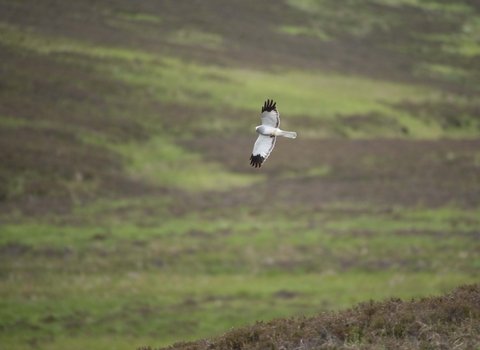
Hen harrier (male) ©Mark Hamblin/2020VISION
Hen harrier
The hen harrier has been severely persecuted for taking game species and has suffered massive declines in numbers as a result. Thankfully, conservation projects are underway to reduce conflict surrounding its controversial prey.
Scientific name
Circus cyaneusWhen to see
January to DecemberSpecies information
Category
Statistics
Length: 48-55cmWingspan: 1.1m
Weight: 350-500g
Average lifespan: 7 years
Conservation status
Classified in the UK as Red under the Birds of Conservation Concern 5: the Red List for Birds (2021). Protected in the UK under the Wildlife and Countryside Act, 1981.

